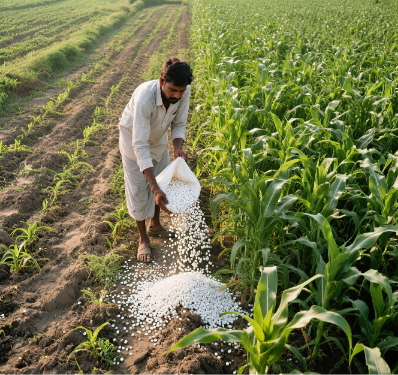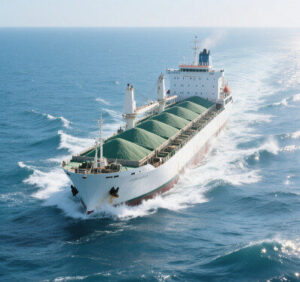In June 2025, India’s domestic urea market saw a substantial increase in sales, reaching an all-time high of 3.42 million metric tons (MMT)—the highest monthly sales figure ever recorded. This figure surpassed the previous peak of 3.36 MMT set in June 2020 and represented a 12% year-over-year increase compared to the 3.052 MMT sold in June 2024. The April–June quarter saw a record-breaking urea offtake of 6.99 MMT, up from 6.23 MMT in 2024 and surpassing the previous high of 6.48 MMT in 2020. These figures highlight the nation’s growing reliance on urea, driven by favorable weather conditions and agricultural demand.
Monsoon Rains Fuel Unprecedented Demand
The exceptional performance in June was primarily attributed to robust monsoon rains. The monsoon season began on May 24, the earliest start since 2009. June saw above-average rainfall, 9% higher than historical norms, which significantly boosted agricultural activity. Urea, a critical crop fertilizer, experienced a surge in demand as farmers hurried to prepare their fields for the kharif planting season. The Indian Meteorological Department’s forecast of above-normal precipitation in July, exceeding 106% of the long-term average, further reinforces the expectation of sustained demand in the coming weeks.
Production Lags Despite Consumption Surge
However, despite the rising demand, domestic urea production struggled to keep pace. June’s output was 2.36 million metric tons (MMT), which is slightly higher than May’s output of 2.24 MMT, but significantly lower than production levels in the same month over the past two years. Since August–September 2023, India’s urea production has failed to match the record volumes achieved during the 2023–24 fertilizer year. The June gap between production (2.36 MMT) and consumption (3.42 MMT) highlights the industry’s dependence on imports to meet domestic demand.
Inventory Depletion Sparks Supply Concerns
The imbalance between supply and demand has depleted India’s urea inventories. As of July 1, stocks plummeted to 6.6 million metric tons (MMT), down sharply from approximately 11 MMT a year ago. This depletion occurred despite efforts to rebuild inventories ahead of the peak summer demand season. However, a series of import tenders failed to secure sufficient volumes before the monsoon season, exacerbating supply concerns. RCF, a state-owned importer, recently issued a tender closing on July 7, seeking two million metric tons of urea for delivery across both coasts. This reflects the government’s urgency to stabilize inventories and prevent further shortages during the critical kharif cropping period.
Outlook: Balancing Act Between Weather and Imports
Looking ahead, India’s urea market faces a delicate balancing act. While above-average monsoon rains are expected to sustain strong demand, the persistent production-consumption gap necessitates reliance on imports. The success of RCF’s tender is pivotal to replenishing stocks and ensuring supply stability. If domestic production continues to lag, further import measures may be necessary to prevent price increases or shortages, which could affect farmers’ access to fertilizers. Successfully managing this supply chain challenge is crucial to safeguarding India’s food security and agricultural productivity during the kharif season.
Key Takeaways
- Record demand: June 2025 saw the highest monthly urea sales ever (3.42 MMT) as well as the highest quarterly offtake ever (6.99 MMT).
- Weather Driver: Early and heavy monsoon rains drove demand, and forecasts support continued strong demand in July.
- Production Shortfall: Domestic output (2.36 MMT in June) failed to match consumption, resulting in supply deficits.
- Inventory Crisis: Stocks halved to 6.6 million metric tons (MMT), raising concerns about availability during the kharif season.
- Import dependency: Urgent import tenders (e.g., RCF’s 2 million metric ton tender) are critical to bridging the supply-demand gap.
As India navigates this critical juncture, it is essential that policymakers, producers, and importers collaborate to ensure a steady supply chain, mitigate inventory risks, and support the agricultural sector through the kharif season, which depends on the monsoon.









